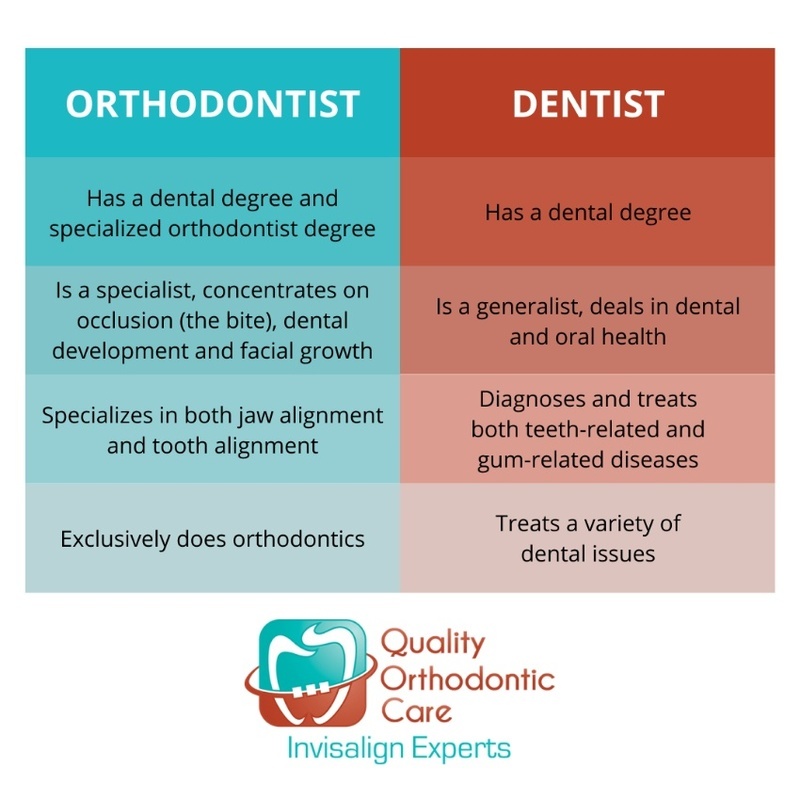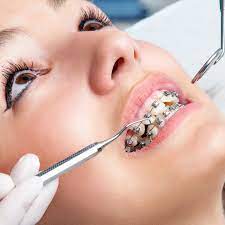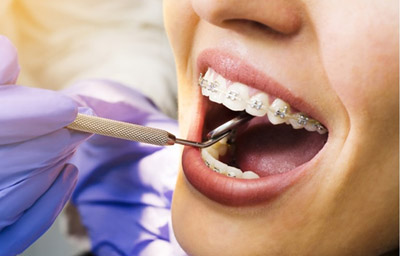7 Simple Techniques For Causey Orthodontics
7 Simple Techniques For Causey Orthodontics
Blog Article
Fascination About Causey Orthodontics
Table of ContentsThe Buzz on Causey OrthodonticsSee This Report about Causey OrthodonticsGetting The Causey Orthodontics To WorkCausey Orthodontics Can Be Fun For EveryoneThe Greatest Guide To Causey Orthodontics
Overlooking occlusal partnerships, it was common to remove teeth for a variety of oral problems, such as malalignment or overcrowding. The idea of an intact dentition was not extensively valued in those days, making bite correlations appear irrelevant. In the late 1800s, the idea of occlusion was essential for producing dependable prosthetic substitute teeth.As these ideas of prosthetic occlusion progressed, it came to be an important device for dental care. It remained in 1890 that the work and effect of Dr. Edwards H. Angle began to be really felt, with his contribution to modern-day orthodontics especially significant. Initially concentrated on prosthodontics, he taught in Pennsylvania and Minnesota prior to directing his focus towards oral occlusion and the treatments needed to keep it as a normal problem, hence becoming understood as the "father of contemporary orthodontics".

The principle of suitable occlusion, as proposed by Angle and incorporated into a category system, made it possible for a change towards dealing with malocclusion, which is any kind of deviation from regular occlusion. Having a complete set of teeth on both arcs was highly sought after in orthodontic treatment because of the need for exact relationships between them.
Some Known Questions About Causey Orthodontics.
As occlusion came to be the crucial top priority, face proportions and aesthetic appeals were overlooked - orthodontist services. To achieve excellent occlusals without making use of outside forces, Angle proposed that having perfect occlusion was the very best way to acquire optimal face aesthetics. With the passing away of time, it came to be quite evident that even a remarkable occlusion was not suitable when considered from a visual point of sight
Charles Tweed in America and Raymond Begg in Australia (who both examined under Angle) re-introduced dentistry extraction into orthodontics throughout the 1940s and 1950s so they can improve facial esthetics while likewise making sure far better stability worrying occlusal connections. In the postwar duration, cephalometric radiography begun to be utilized by orthodontists for measuring adjustments in tooth and jaw placement triggered by development and treatment. It came to be noticeable that orthodontic therapy might readjust mandibular advancement, causing the development of useful jaw orthopedics in Europe and extraoral force measures in the US. These days, both functional devices and extraoral tools are applied around the world with the purpose of amending growth patterns and kinds. Pursuing true, or at the very least enhanced, jaw connections had actually become the primary goal of treatment by the mid-20th century.
Causey Orthodontics Fundamentals Explained
 Until the mid-1970s, braces were made by wrapping metal around each tooth. https://freebusinessdirectory.com//search_res_show.php?l=456862&s=PT2491DG07193VZ30232PB08144IX34OI14&p=1&n=10&f=., it came to be possible to instead bond steel brackets to the teeth.
Until the mid-1970s, braces were made by wrapping metal around each tooth. https://freebusinessdirectory.com//search_res_show.php?l=456862&s=PT2491DG07193VZ30232PB08144IX34OI14&p=1&n=10&f=., it came to be possible to instead bond steel brackets to the teeth.Andrews gave an informative definition of the suitable occlusion in long-term teeth. This has actually had significant results on orthodontic therapies that are administered consistently, and these are: 1. Right interarchal connections 2. Correct crown angulation (pointer) 3. Appropriate crown inclination (torque) 4. No rotations 5. Tight call factors 6. Apartment Curve of Spee (0.02.5 mm), and based on these principles, he discovered a treatment system called the straight-wire home appliance system, or the pre-adjusted edgewise system.
The advantage of the layout hinges on its brace and archwire combination, which needs just very little wire flexing from the orthodontist or medical professional (Causey Orthodontics). It's aptly named after this attribute: the angle of the slot and density of the brace base eventually determine where each tooth is situated with little demand for additional control
The smart Trick of Causey Orthodontics That Nobody is Discussing
Both of these systems used identical brackets for every tooth and necessitated the bending of an archwire in 3 planes for locating teeth in their desired positions, with these bends determining utmost placements. When it involves orthodontic appliances, they are split right into 2 types: removable and repaired. Removable devices can be tackled and off by the person as required.

Thus, nearly all modern-day set home appliances can be taken into consideration variants on this edgewise appliance system. Early 20th-century orthodontist Edward Angle made a significant payment to the world of dentistry. He produced four unique device systems that have actually been made use of as the basis for several orthodontic therapies today, preventing a few exemptions.
The Definitive Guide for Causey Orthodontics

The wire finished in a string, and to relocate ahead, an adjustable nut was used, which enabled a boost in area. By ligation, each private tooth was attached to this extensive archwire (best orthodontist near me). Because of its limited variety of movement, Angle was unable to accomplish specific tooth placing with an E-arch
These tubes held a firm pin, which could be repositioned at each consultation in order to move them in area. Called the "bone-growing home appliance", this contraption was supposed to encourage healthier bone growth because of its capacity for moving force straight to the origins. Nevertheless, executing it showed troublesome in fact.
Report this page